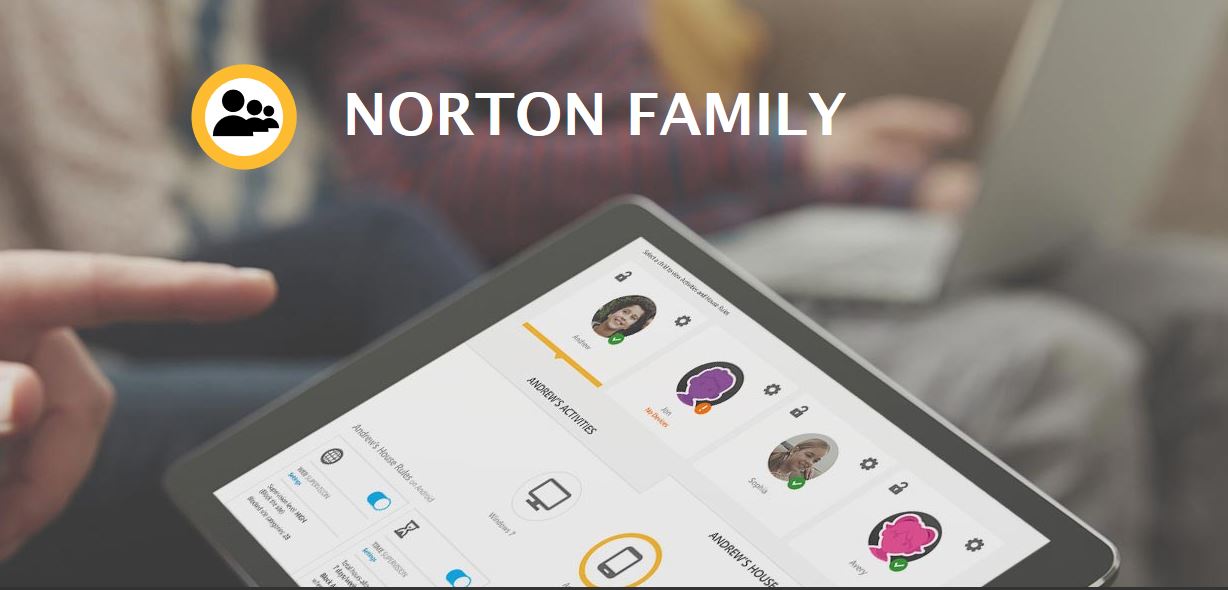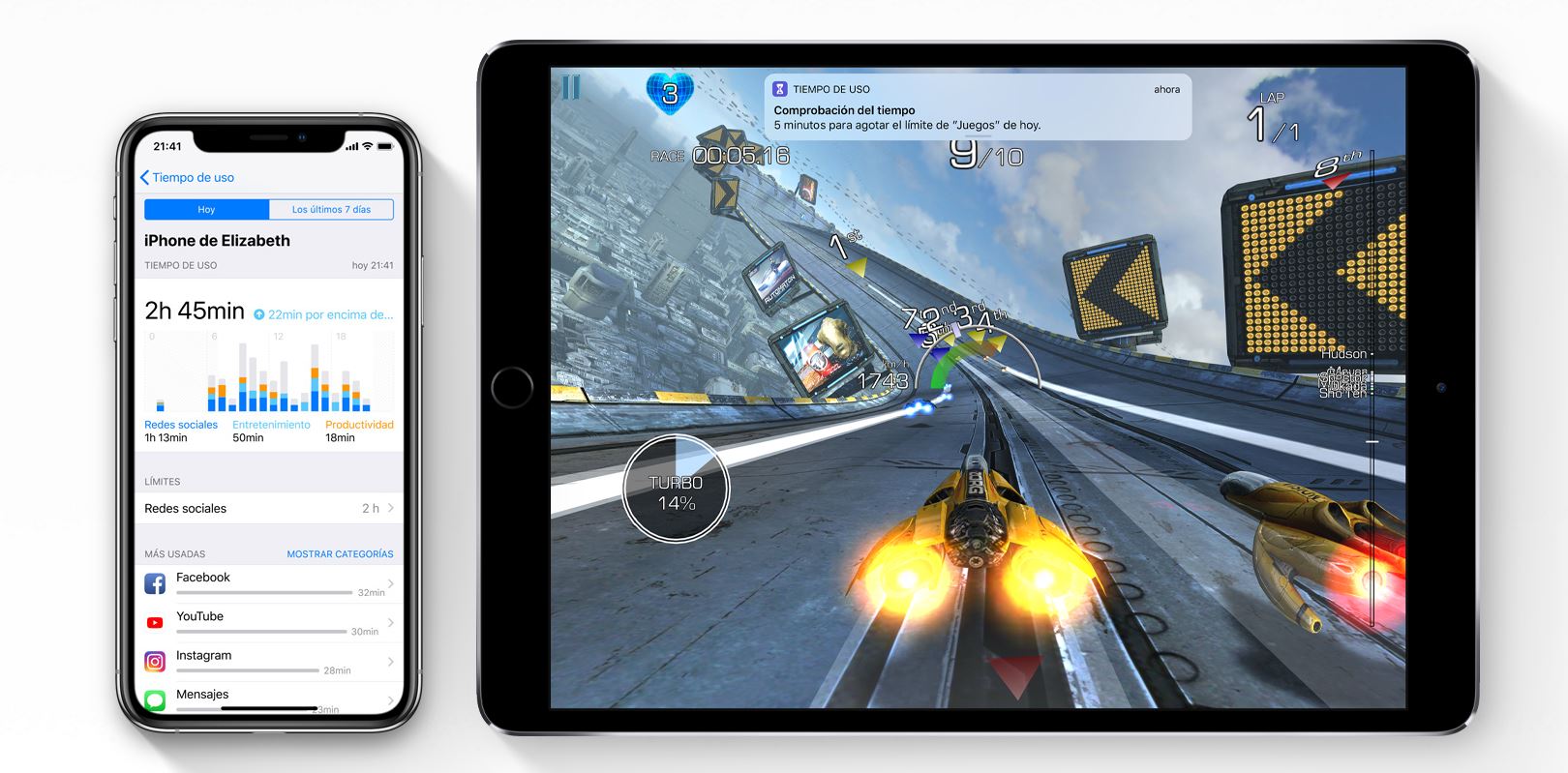
Using smartphones carelessly has especially impacted young people and adults, although adults are supposedly more prepared to use technology responsibly. It is not always like this, although the priority has been typically to teach young people to use devices wisely. However, adults are now more aware of the way they use information and communications technologies.
According to the study titled Uso y abuso de las Tecnologías de la Información y la Comunicación por adolescentes. Un representativo de la Ciudad de Madrid, carried out by the Madrid Salud Addictions Institute’s Department of Addiction Prevention alongside the Chair for Social Development of the Camilo José Cela University, only 32% of teenagers use the internet properly.
Around almost half of the sample, comprised by 15 and 16-year-old teenagers, claims having problems related to phone and app usage. This might have an impact on school performance, sociability and addictive behaviors later in life. Women rank higher in every section of the Digital Ecosystem’s risk index, with the exception of videogames.
21% of teenagers use phones excessively while 8% of teenagers show symptoms of smartphone dependency. In terms of WhatsApp, 43.5% of teenagers show unacceptable behavior when using the app. As for social networks in general, 40% of people display glimpses of problematic behavior. In terms of videogames, 24% of people were in the risk zone. Other apps like YouTube are used by more than 90% of teenagers.
The most widely used apps
The study talks about YouTube, WhatsApp and other social networks like WattPad, on which written stories are shared. Instagram is one of the most widely used apps, with 87% of girls and 74% of boys as active users. Snapchat is still being used but considerably less. Spotify is the music streaming app that 40% of young people use. Teenagers find Facebook and Twitter irrelevant.
In terms of gaming, there certainly are other apps that are used more or less frequently. We also have to take into account other aspects like the phone camera usage. If we had a number of the selfies being taken, we would probably be shocked. Read More: Cheap Gaming Laptop
Technology for using the phone responsibly
It seems both Apple and Google are taking the potentially careless technology usage seriously by featuring app and notification monitoring systems on smartphones. Before this, we had the typical parental control apps, which are still a good option. Android and iOS’ monitoring technologies are only featured on their most recent OS versions (iOS 12 and Android 9 Pie).
Parental control apps have a limitation because they are intended for kids, whereas Digital Wellbeing (Android 9 Pie) and Screen Time (iOS 12) are intended for any type of user regardless of whether they are parents or children.

Digital Wellbeing and Screen Time are apps we are grateful for. This is a way for parents to monitor their children’s activity. As for adults, this is a way to know when and how we use the smartphone and apps. We also have the possibility to limit the time on our phones by using timers, notifications and detailed information about other activities, such as unlocking the device.
Digital Wellbeing and Screen Time
This article is not about providing a detailed tutorial of these two apps. Digital Wellbeing is still in beta phase and can only be installed in phones with Android Pie, also in its beta version. Screen Time is a feature brought by iOS 12, which is already up and running.
In both cases we get information of how apps are used and the times the phones have been unlocked. We also get timers to receive notifications about the time we have spent using an app and the possibility of blocking it if we go over the time we set for using it. The graphs provide visual information in one glimpse.
We can also control the notifications to avoid being interrupted by them or prevent them from always popping up. Notifications make us look at the screen and even unlock the phone to see them and act accordingly.

A useful and informative trend
Having Digital Wellbeing and Screen Time on the new versions of Android and iOS, respectively, is great news for users. Knowing exactly on what and how much we spend our times on phones is really useful for us to organize our digital habits a little.
As for the parental control, we can use specific apps for this kind of time management and the apps that children use. They are not as integrated into the system as the previous two options, but they are equally appealing. And parental control is the only choice if we do not have Android 9 or iOS 12. For a less strict usage, Digital Wellbeing and Screen Time are good options.
We can expect these apps to keep evolving, adding new features and integrating third-party apps if necessary.
The Apple phones on which we will be able to use these apps/services are those able to get iOS 12. The situation is a bit more complicated for Android. Only the phones that can get Android 9 can install Digital Wellbeing, which will supposedly be every phone launched from this moment onward. However, some phones (like the Google Pixel 2 XL) can already use the feature after installing the Android 9 Pie beta. Some other phones that have a scheduled update (like the Xperia XZ2 and the Huawei P20 and P20 Pro) can also use the feature.